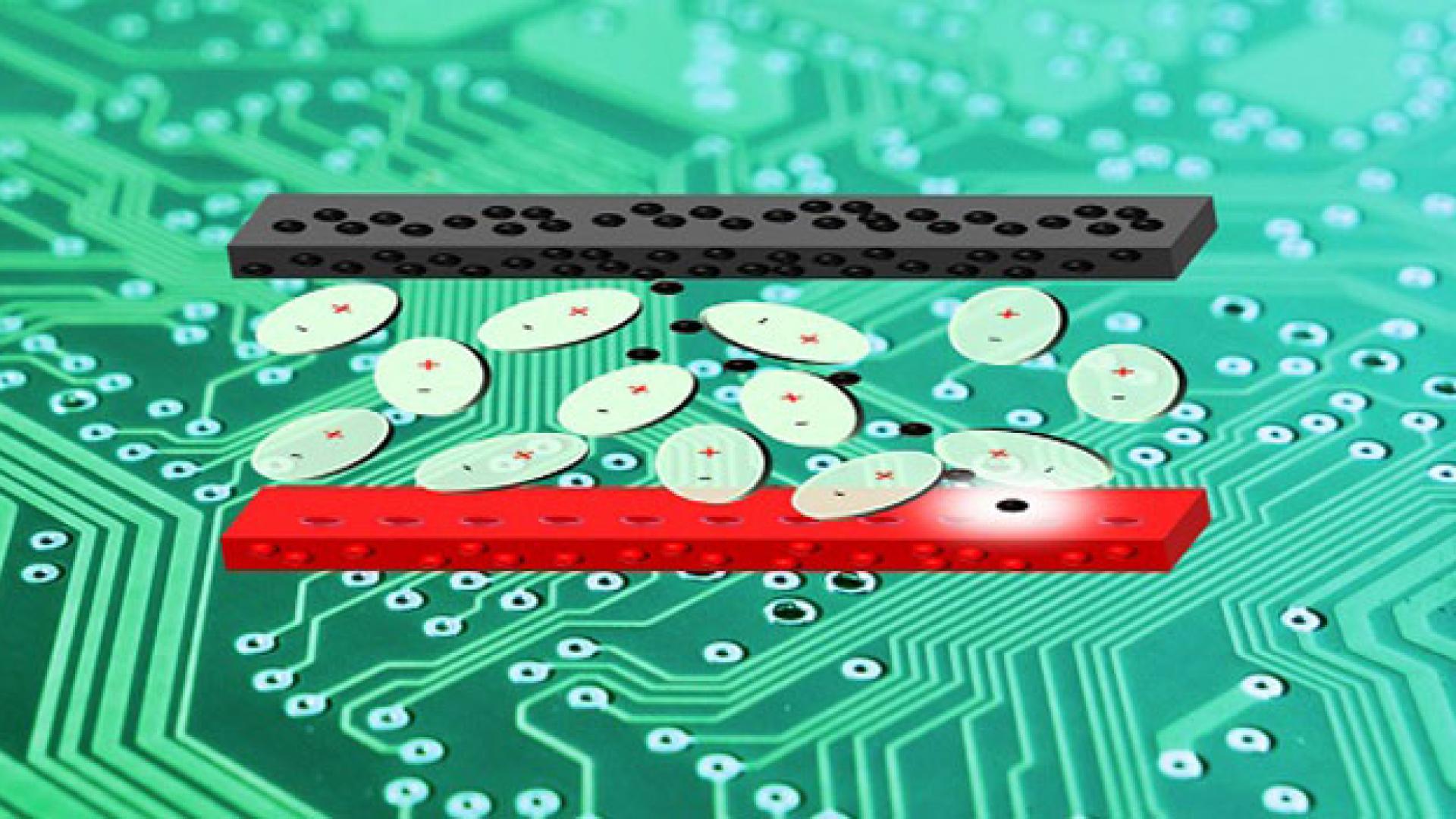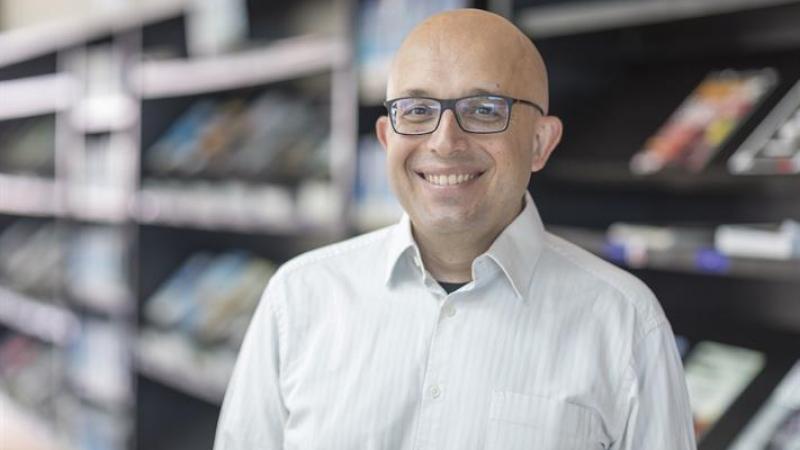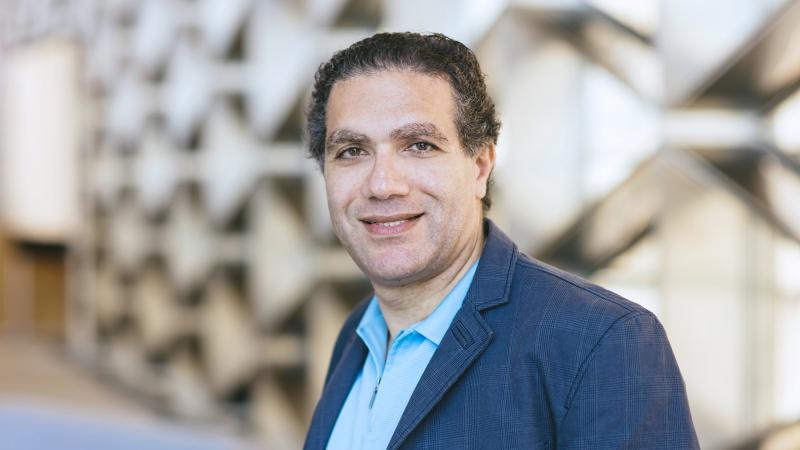© 2017 KAUST
How we use and generate electricity has changed dramatically over the past century although the basic components that control its flow remain remarkably similar. Researchers at KAUST have now developed a novel type of component that could improve the performance of electrical circuits.
Electronic circuitry is traditionally constructed from three primary elements; a resistor, a capacitor and an inductor. A sinusoidal electrical signal passing through these devices will change in signal strength, or amplitude, and the relative timing of the crest of the wave, known as its phase. A resistor will change amplitude only while a capacitor and an inductor can also change phase, but only by exactly one quarter of the length of the wave, or 90°.
Components that could alter the phase of the electrical signal by a different amount would enable electrical circuits with more varied functionality. One such device, known as a fractional-order capacitor, was realized by electrical engineering doctoral student Agamyrat Agambayev, under the supervision of Hakan Bagci and Khaled Salama, and colleagues. “We use a solution-casting method to fabricate fractional-order capacitors,” explains Salama. “This method allows us to easily blend different polymers and provide a mechanism to tune the device’s properties.”
Read the full article


